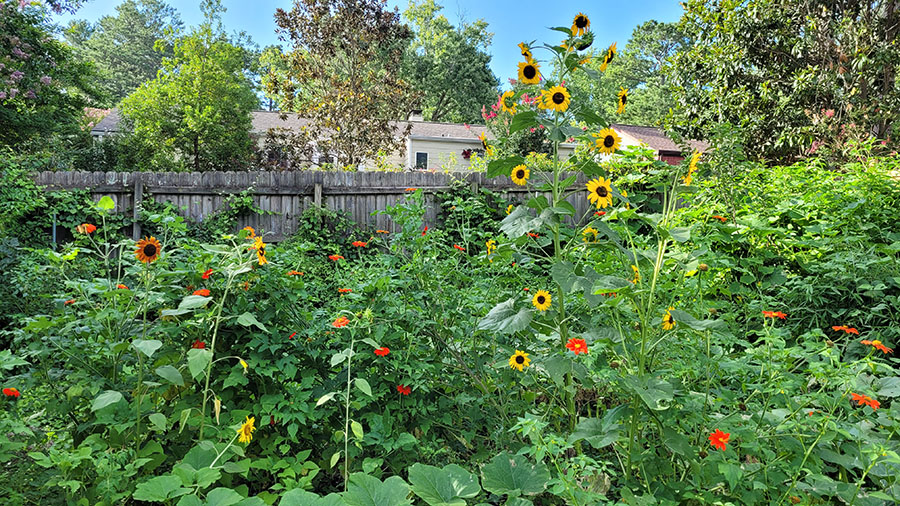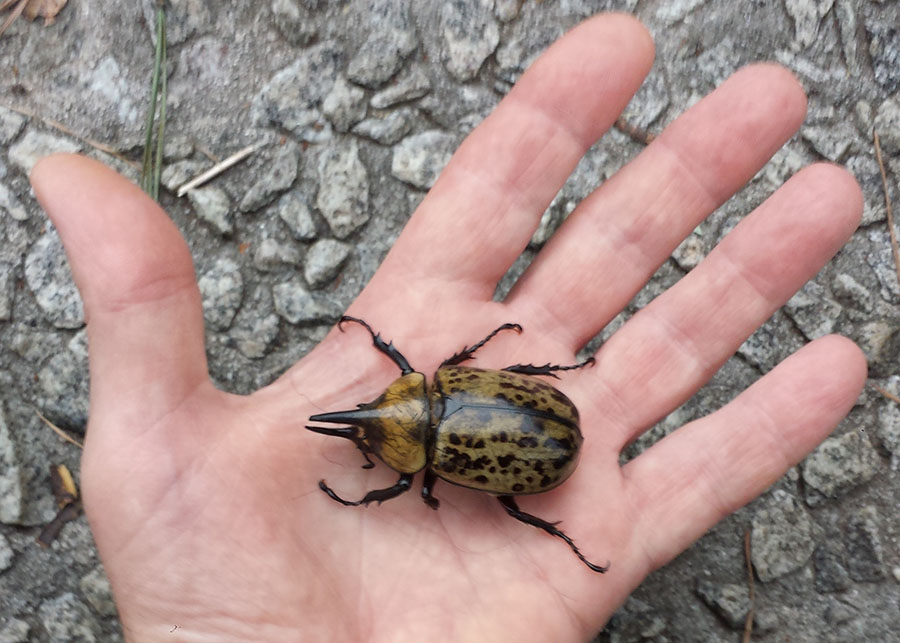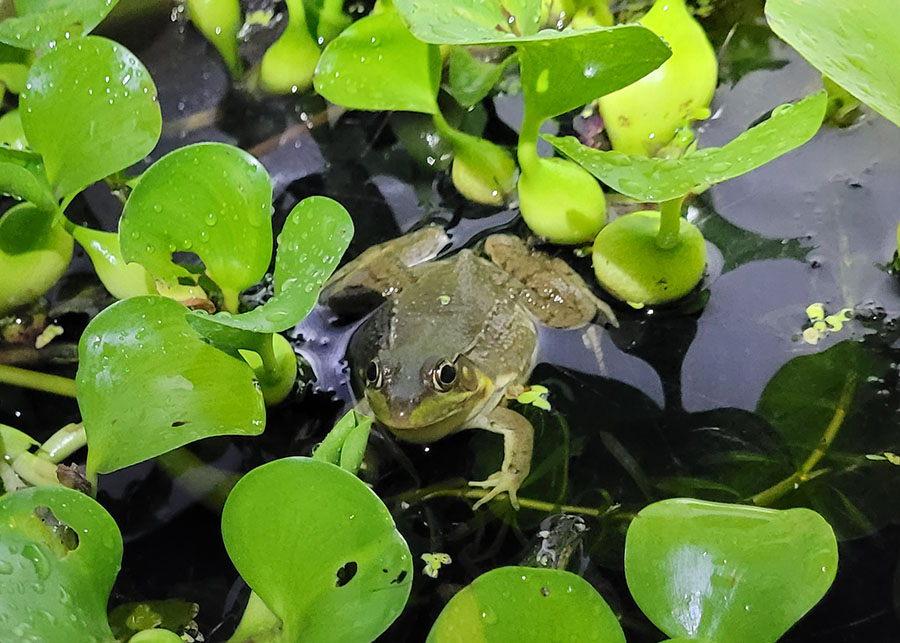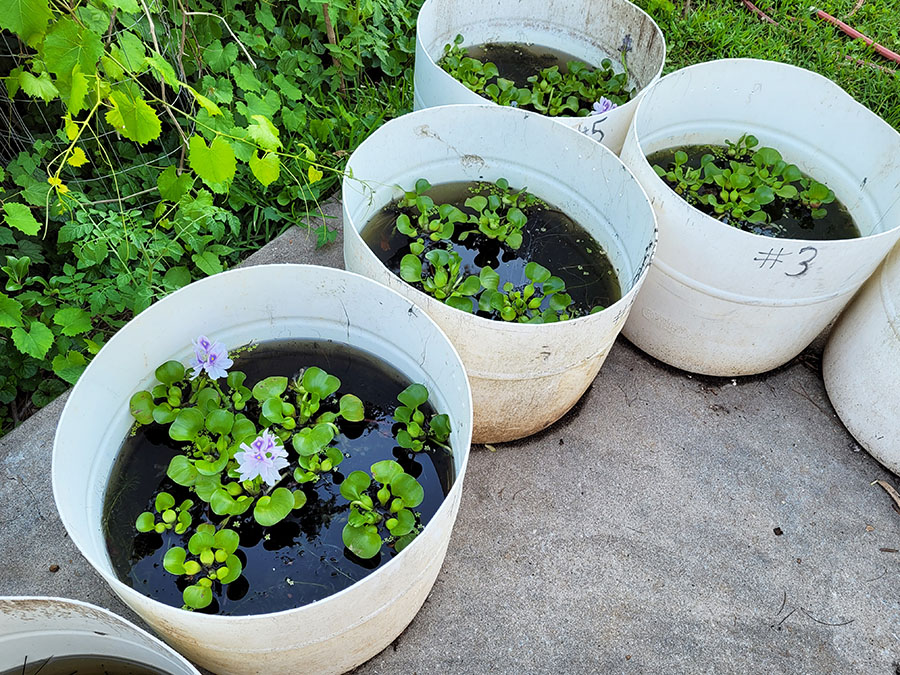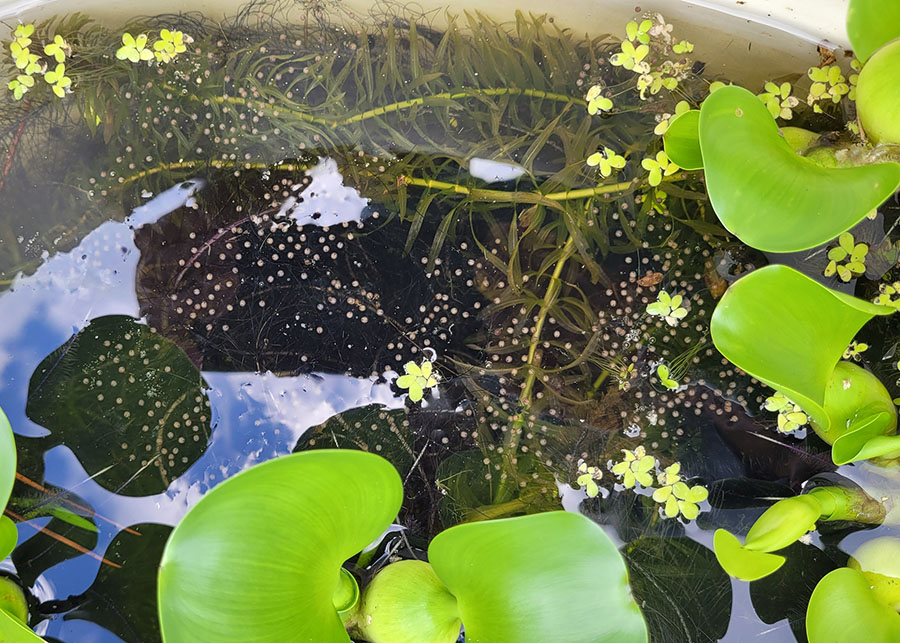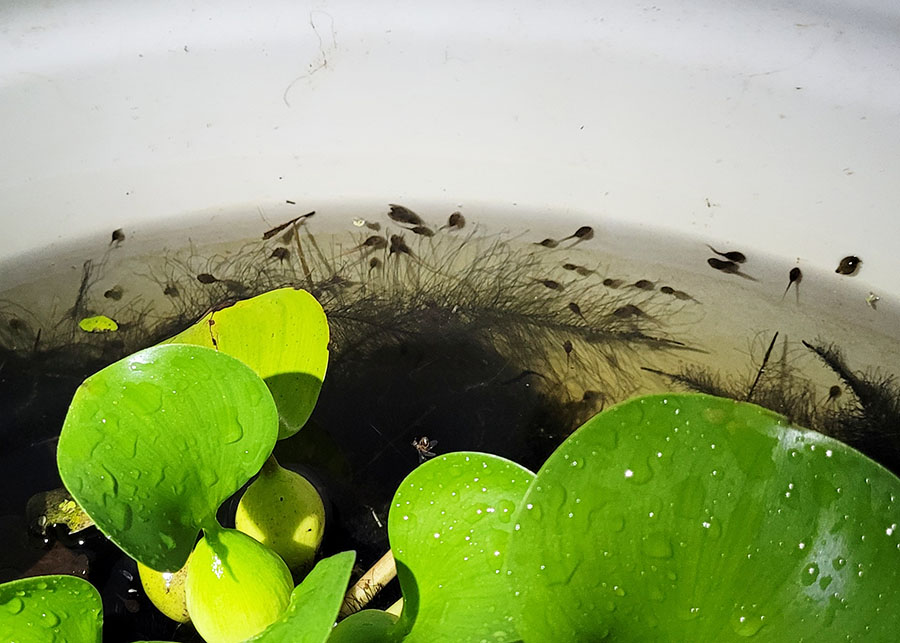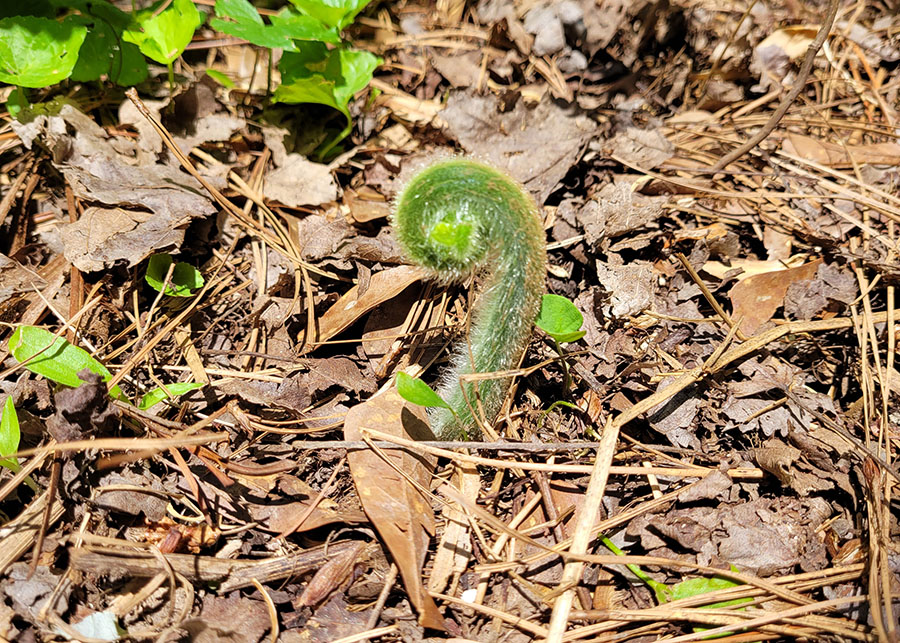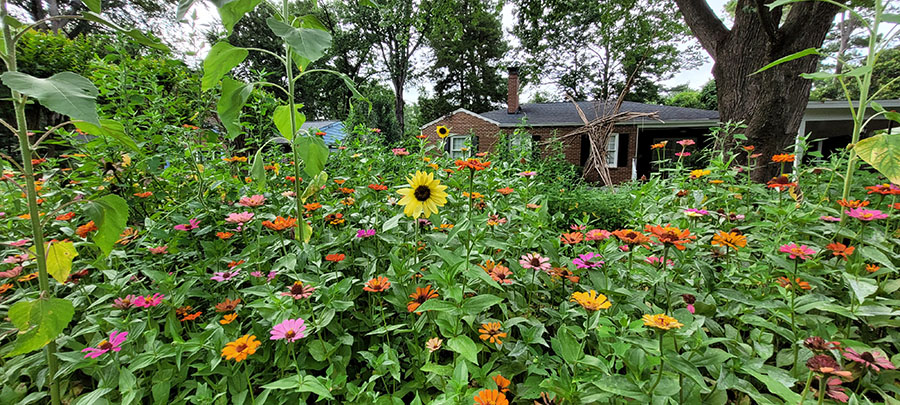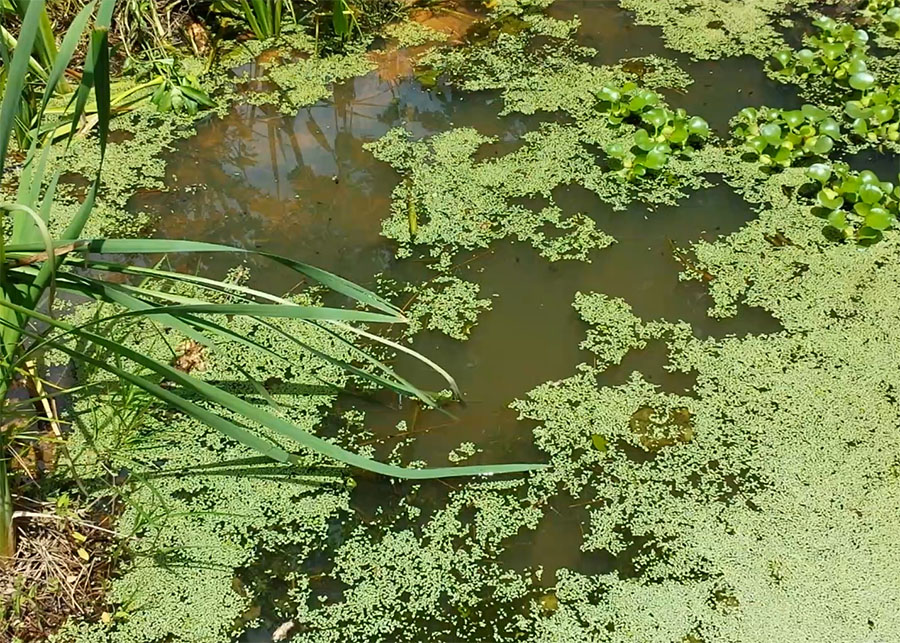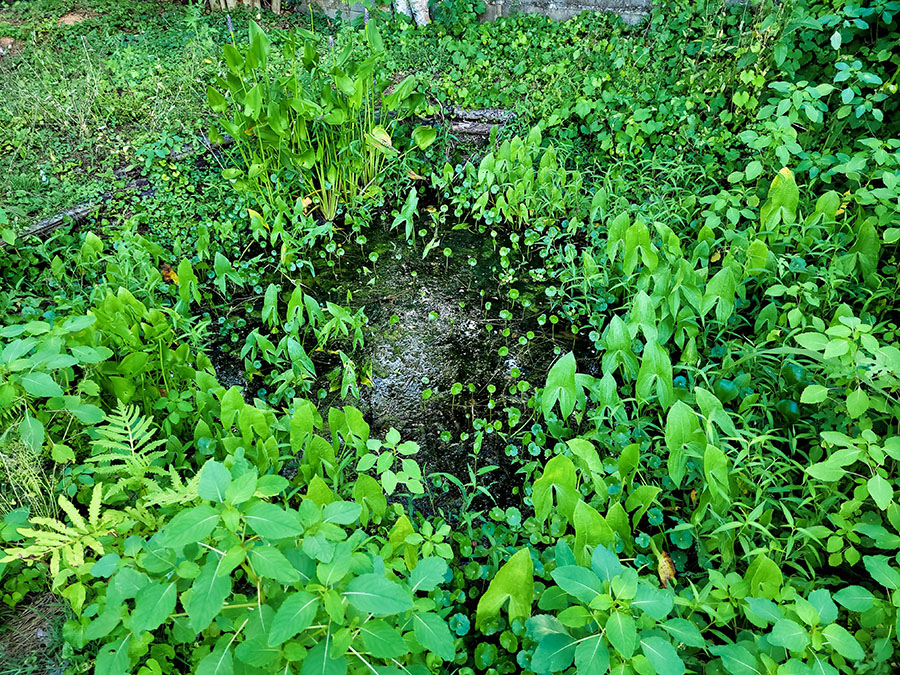The large maple in the back yard was home and pantry to all sorts of birds and animals, and so I wasn’t happy taking it down, but it needed doing. The maple was asymmetrical and leaning over the house. The issue was using a lot of energy to change things very fast and move all… Continue reading Flower Meadow & Rate of Change
Author: Joe Moorman
Male Rhinoceros Beetle
This is a male specimen of the eastern Hercules beetle (Dynastes tityus), a species of rhinoceros beetle native to the eastern US. I saw one of these only a handful of times growing up, and I was amazed each time. I associate them with years when June is rainy, and the plants are fat and… Continue reading Male Rhinoceros Beetle
Young Adult Green Frog (Lithobates clamitans)
This is a young adult Green Frog. It is much smaller than the old blue-faced males in the ponds, but it is still an adult and reproductively active, capable of laying a clutch of several hundred eggs in a night:
Experiment Tanks
I had some downcycled plastic barrels that I had previously used as rain barrels before discovering how much maintenance it took to ensure mosquitoes weren’t reproducing in them. I cut these in half and plugged any holes and set up eight of these as breeding tanks for mosquito fish and tree frogs on my back… Continue reading Experiment Tanks
Frog Eggs: Cope’s Gray Tree Frog (Hyla chrysoscelis)
Cope’s Gray Tree Frog (Hyla chrysoscelis) apparently lays larger clutches than I have seen in the past. Previously, all the clutches I observed were smaller and broken up into different clumps separated by floating vegetation. I speculated that was because the mating parents were avoiding the larger Green Frogs. I’m not sure why the eggs… Continue reading Frog Eggs: Cope’s Gray Tree Frog (Hyla chrysoscelis)
Videos of Tadpoles Swimming in Experiment Tank #6
At the bottom of this post are two videos of tadpoles of the Green Frog (Lithobates clamitans) swimming in experiment tank #6. One video is from June 27, 2022, and the second is from June 30. Juvenile Green Frogs have laid several clutches of eggs in all eight experiment tanks. Cope’s Gray Tree Frogs (Hyla… Continue reading Videos of Tadpoles Swimming in Experiment Tank #6
Biodiversity and Ecological Value
At least half of my time tending the pollinator meadow is spent removing invasive evergreen seedlings: monkey grass (liriope), Japanese privet, wintercreeper, English ivy. These plants might not feed most insects and other animals, but birds love the seeds and poop them all over creation. The problem is that these plants displace native species that… Continue reading Biodiversity and Ecological Value
Pollinator Meadow vs Garden
The ancestors made their gardens only in the rich damp soils of the bottom lands around rivers and creeks. My yard is mostly clay and sand and is well up the hill from a creek. Growing most vegetables would require unsustainable and wasteful irrigation using water from the municipal water supply which is taken from… Continue reading Pollinator Meadow vs Garden
Tadpoles Swimming 2018
Here is a video of tadpoles swimming in the first pond in its third month of existence. I incorrectly identified these as tree frog tadpoles, which I now know to be smaller. Based on countless observations over the past four years, I am fairly certain that the tadpoles in this video are those of the… Continue reading Tadpoles Swimming 2018
Eastern Narrow-mouthed Toad (Gastrophryne carolinensis) mating calls June 2022
Eastern Narrow-mouthed Toad (Gastrophryne carolinensis) mating calls June 2022 in the second pond at Yalobusha Farms. This is the third year for the second pond, and the katniss and pennywort and pickerelweed are well established. Last year I let the second pond be overwhelmed with water hyacinth because it allows tree frogs to enter and… Continue reading Eastern Narrow-mouthed Toad (Gastrophryne carolinensis) mating calls June 2022
